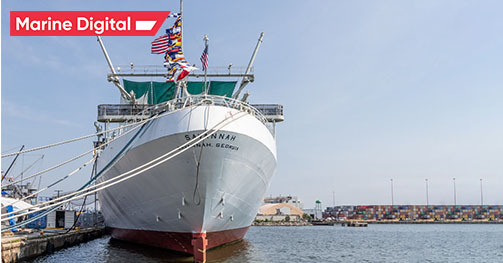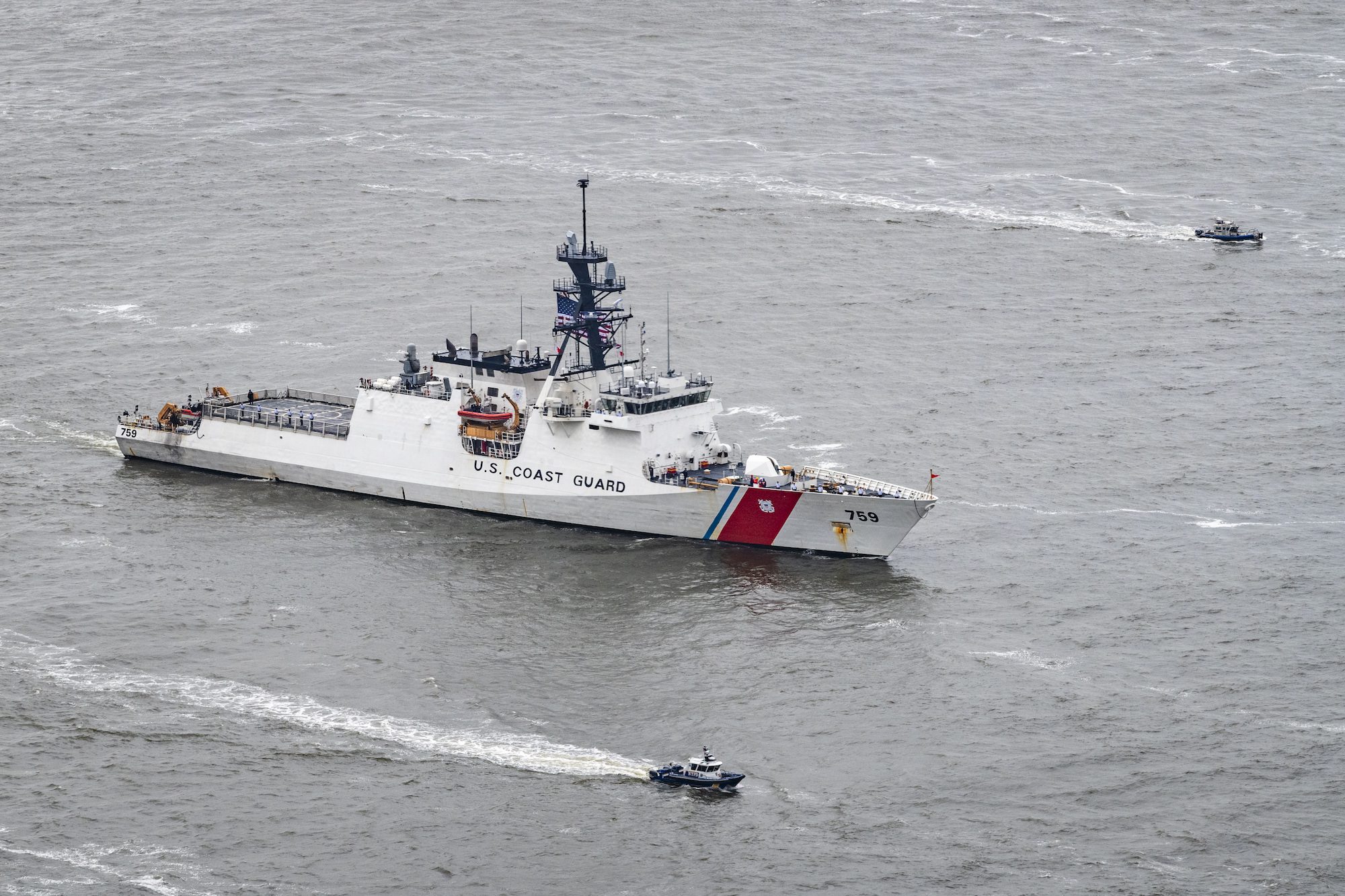What we should do with them depends on many things. The easy/lazy solution is to say that they
replace the five Batch 2 Offshore Patrol Vessels (OPVs) one-for-one. These are currently in the
Falklands, Caribbean, Gibraltar and two in the Indo-Pacific and doing tremendous work, but are essentially unarmed. All of these tasks would benefit from being up-gunned to a Type 31.
But they have potential to do so much more. Type 31s of the future,
fitted with the versatile Mk41 vertical launch system – and properly networked – could make a serious contribution to the Royal Navy’s firepower, accompanying fully-equipped destroyers or anti-submarine frigates and
adding another 32 missiles and another helicopter to the mission. You could also use them to
launch and recover the vast array of emerging anti-submarine and mine countermeasures technology currently under development. These ships have huge potential.
Type 31s alone would be no good for stealthily hunting an adversary nuclear submarine, or protecting a task force against incoming ballistic missiles. They’d be
ideal for escorting Russian or Chinese ships through UK waters, patrolling Critical Underwater Infrastructure, fighting pirates, intercepting sanctions-busting merchant ships, shooting down or sinking drones, showing the flag and many other tasks. Five won’t be enough.
Defence effect and influence is a continuum from peace to war, and not the one-zero proposition the online debate would have you believe.
These ships sit smack in the middle of this continuum bridging the gap between the exquisite and the unarmed. They are comparatively affordable, available now and ultimately adaptable. We should back them.













